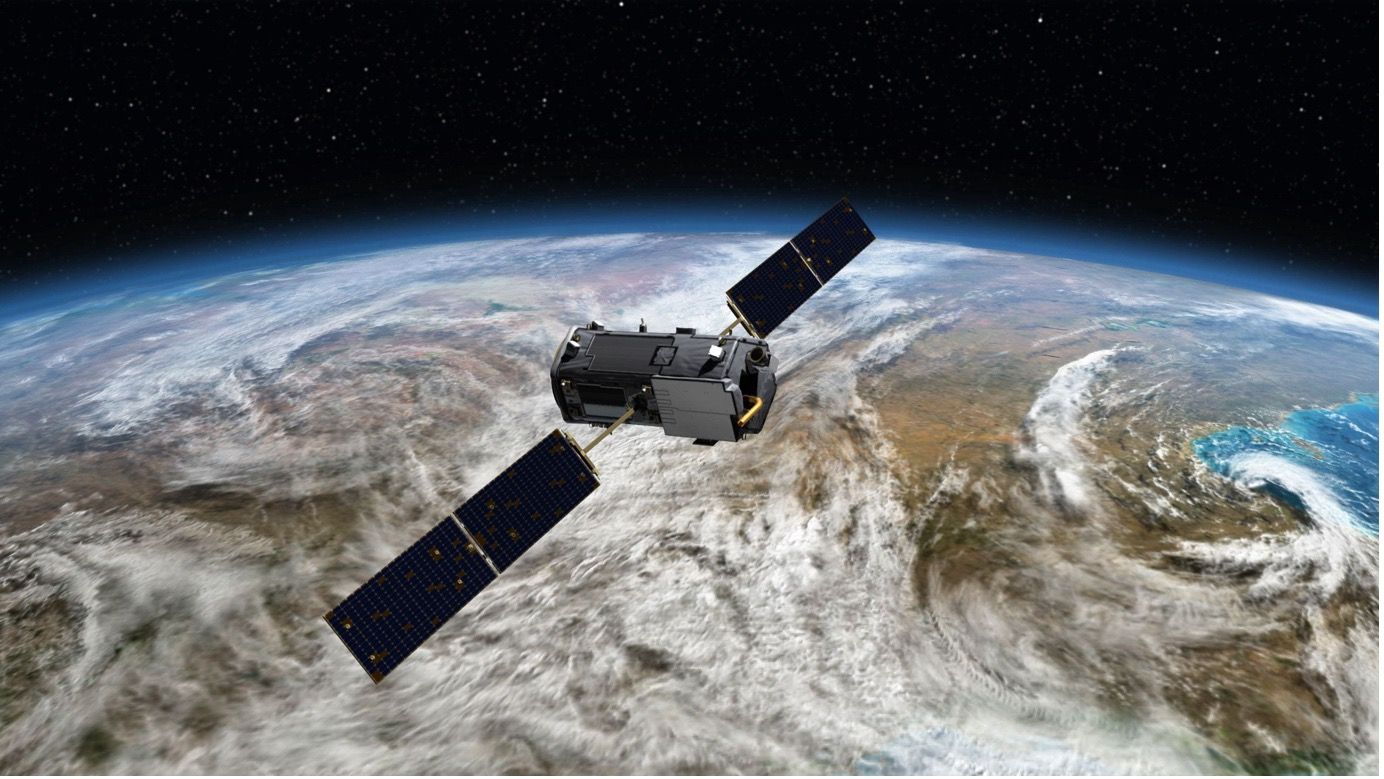The Importance of Satellite Data for the Carbon Credit Market
Blog > Article > The Importance of Satellite Data for the Carbon Credit Market

Satellites offer more than just captivating visuals from space; they provide insights that reveal vital details about the environment.
Satellites offer more than just captivating visuals from space; they provide insights that reveal vital details about the environment. Whether it’s tracking deforestation rates, spotting pollution hotspots, or observing shifting climate patterns, satellite imagery offers a clear, unbiased perspective. By tapping into this wealth of data, businesses, policymakers, and researchers can make more informed decisions that favour the environment.
Satellite technology has become indispensable in tackling environmental issues. And now, with the introduction of the carbon credit system, the importance of satellites in guiding sustainable decisions is set to grow even further. This article explores the synergy between satellites and carbon credits and what we at Meteory do to help.
How carbon credits steer businesses towards sustainability
Carbon credits are a prime example of a tech-fueled environmental initiative. But what exactly are carbon credits? Simply put, they represent a unit of carbon dioxide emissions that a business or individual has saved or offset. By investing in sustainable projects, like reforestation or renewable energy sources, entities can earn these credits. Each credit typically equates to one tonne of CO2 prevented from entering the atmosphere.
Why does this matter? Carbon credits are more than just a token of environmental goodwill; they serve as a financial incentive for businesses to adopt greener operations. The logic is clear: if you can’t reduce emissions directly, invest in projects that do. Over time, as the global community pushes for stricter carbon emissions targets, the demand and value of these credits are expected to rise.
By linking economic incentives with environmental responsibility, carbon credits play a dual role. They not only encourage companies to minimize their carbon footprints but also funnel funding into projects that have a direct positive impact on our planet. It’s a win-win, made more effective and transparent with the aid of technology like satellite monitoring.
Why trustworthy data is key in the carbon credit market
Carbon credits hold significant potential in aligning business objectives with environmental conservation. Yet, the system’s efficacy relies heavily on the veracity of the data underpinning it. Reliable data ensures that carbon offset claims aren’t just empty promises but are backed by genuine emission-reducing activities. If a company claims it has offset a certain amount of CO2, there needs to be concrete evidence to support this.
Inaccurate or manipulated data can have far-reaching implications. For starters, it undermines the very purpose of carbon credits, turning them into mere marketing tools rather than genuine sustainability efforts. This mistrust can devalue the carbon credit market, deterring sincere businesses from participating. Furthermore, it can lead to misguided investments, where funds meant for impactful environmental projects are funneled into less effective ones, all because of skewed or misleading data. This emphasizes the importance of having robust, tamper-proof monitoring mechanisms in place. By ensuring that carbon offset claims are grounded in factual, verifiable data, we can preserve the integrity of the carbon credit system.
Satellites vs. ground-based monitoring
In the quest for accurate environmental data, satellites have emerged as indispensable allies. Orbiting hundreds or even thousands of kilometers above, they capture a wealth of information, from vegetation patterns to heat signatures and much more. Using advanced sensors and imaging technologies, satellites can provide a holistic view of vast landscapes, sometimes even in real-time or near-real-time. This bird’s-eye perspective is particularly beneficial when monitoring sprawling forests, vast oceans, and other remote regions; areas where traditional ground-based methods might falter due to accessibility concerns or the sheer scale of the task.
Ground-based monitoring, while essential in its own right, often presents challenges. While it can offer detailed, localized insights, these methods are typically also limited in scope, constrained by geographic barriers, and resource-intensive. In contrast, satellite monitoring boasts extensive coverage, ensuring no corner remains unseen. The scale at which satellites operate is vast, covering entire regions in a single sweep. Furthermore, the accuracy of satellite data, refined by technological advancements, ensures minimal discrepancies and provides a trustworthy foundation for initiatives like the carbon credit market. As we prioritize transparency and credibility in environmental endeavors, the pivot towards satellite-driven insights becomes more pronounced.
How carbon offset claims are verified through satellite data
The bedrock of the carbon credit system lies in its credibility. Without a transparent and verifiable mechanism in place to confirm carbon offset claims, the entire system risks losing its efficacy and trustworthiness. At its core, this verification process involves comparing and contrasting a business’s or entity’s reported emissions reductions against real-world data.
Herein lies the true strength of satellite technology. With the expansive view and precision satellites provide, there’s a higher degree of accuracy in capturing carbon sequestration rates, deforestation activities, or other emissions-affecting factors. Also, given that the satellite data can be analysed swiftly after it has been collected, it offers a timely reflection of ground realities. This immediacy not only aids in immediate verification but also ensures timely corrective measures if discrepancies arise.
What can we do to help?
By combining the power of satellite technology with user-friendly analytics, Meteory’s platform offers businesses the tools they need to accurately gauge their environmental impact. With insights into factors like deforestation, land use, and vegetation health, our solution removes the guesswork from emissions calculations. As we’ve highlighted, trustworthiness is foundational to the carbon credit system. Businesses leveraging Meteory’s insights not only bolster their carbon credit claims but also reinforce their commitment to sustainability in the eyes of partners, clients, and consumers.
But beyond just verification, understanding one’s carbon footprint is the first step towards meaningful sustainability initiatives. By offering a clear picture of current environmental impacts, Meteory empowers businesses to craft informed strategies, be it for reducing emissions, optimizing operations, or pioneering green innovations.
Conclusion
As we’ve explored the intricacies of carbon credits and satellite monitoring, one thing becomes undeniably clear: the future of credible environmental action hinges on data accuracy. With that, satellites have become indispensable for validating claims in the carbon credit market, given their unparalleled reach and consistent data capture. At Meteory, we aim to facilitate businesses in navigating the complexities of carbon credit systems, ensuring they not only comply but also pioneer in sustainable endeavors. By providing businesses with state-of-the-art satellite data through our platform, we offer the clarity to understand their environmental footprints and help stakeholders verify eco-friendly actions.
In conclusion, as the urgency of climate action intensifies, so will the interdependence between carbon credits and satellite data. Technologies like Meteory’s platform are at the forefront of marrying these two, driving business practices that are not just profitable, but also profoundly sustainable.

Hein de Wilde • May 23, 2024